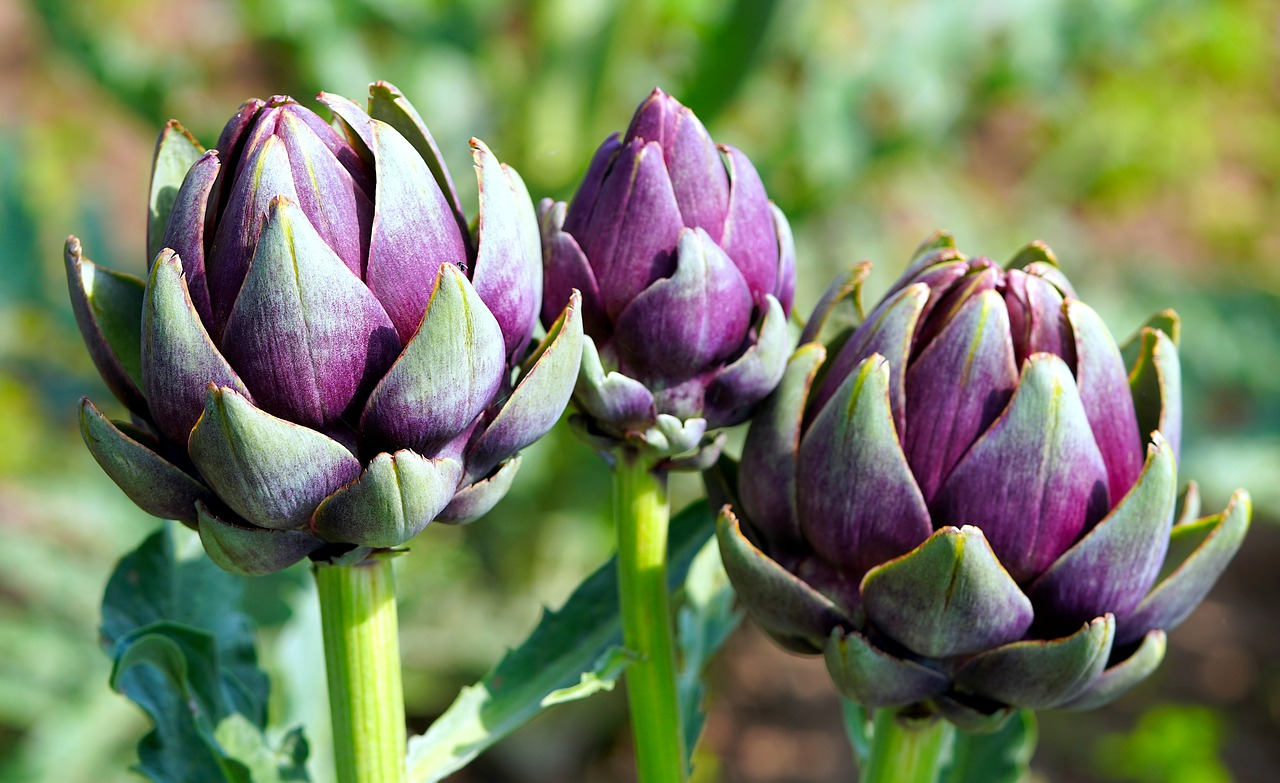
Planting, Caring for & Harvesting Artichokes
Artichokes are very popular with many gardeners due to their special appearance and delicate taste. They are not only popular in vegetable gardens, but also in ornamental gardens. In this article, you can find out everything you need to know about growing artichokes!
This Article Contains:
- The Artichoke Plant: What You Should Know
- The Right Location: Where Do Artichokes Grow?
- Artichoke Varieties: An Overview
- Sowing Artichokes: Tips for Growing Them
- Planting Artichokes: Moving to the Vegetable Patch
- Mixed Cultivation With Artichokes: Companion Plants
- Caring for & Fertilizing Artichokes
- Diseases & Pests
- Harvesting & Preparing Artichokes
- Overwintering & Propagating Artichokes
- Frequently Asked Questions About Planting Artichokes
Quick Overview
Growing Artichokes: An Overview
- Location: full sun & sheltered from the wind
- Soil: rich in humus and nutrients
- Water requirement: high, no waterlogging
- Pre-cultivation: from mid-January
- Planting out: after the ice saints in mid-May
- Planting distance: 150 x 75 cm/59 x 30 in
- Good companion plants: fennel, cabbage, lettuce
- Bad companion plants: celery, garlic, chives, onions and related species with strong root growth (salsify, Jerusalem artichoke and chicory)
The Artichoke Plant: What You Should Know
The artichoke (Cynara scolymus) belongs to theAsteraceae family and is therefore closely related to various lettuces, chicory, salsify and Jerusalem artichokes. In the kitchen, the artichoke delights with its fleshy flower base, also known as the heart, which is excellent for pickling. It is also said to have a digestive and cholesterol-lowering effect.
The artichoke plant originally comes from the Mediterranean region, but in mild regions it can also be cultivated perennially in our latitudes. Because of its decorative, thistle-like appearance, it is also popular in ornamental gardens. The thorny, gray-haired leaves give the artichoke a truly special appearance. Its flowers are also very impressive and its sweet fragrance makes it popular with many insects. Mature plants can form numerous basket-shaped inflorescences throughout the summer. A healthy artichoke plant produces flowers for around three to five years.
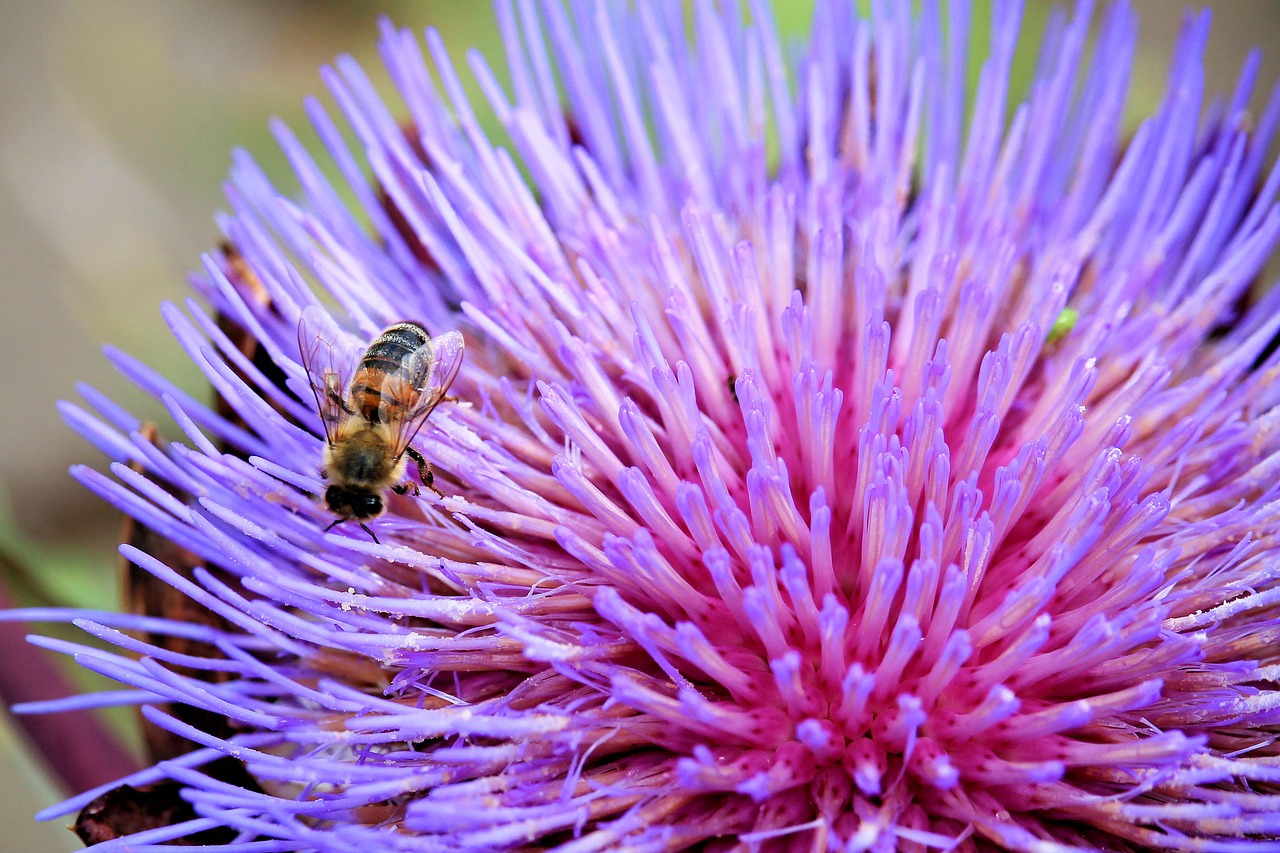
The Right Location: Where Do Artichokes Grow?
Artichoke plants need a lot of warmth and therefore require a wind-protected, full-sun location. They prefer to grow in well-fertilized soil, so prepare it with plenty of compost before planting. Waterlogging should be avoided at all costs, especially in winter. Once an artichoke has established itself, it can grow in this location for several years. Over time, it will develop deeper and deeper layers of soil and produce more and more flower buds. In cooler locations, a black mulch film can help to provide warm "underfloor heating".
Artichoke Varieties: An Overview
The artichoke is a perennial plant by nature. As it originally comes from Mediterranean regions, it is not hardy and can only overwinter in a mild wine-growing climate with additional protection. Varieties such as'Orlando', 'Great of Laon', 'Violetto Chiogga' or 'Green Globe' are suitable for this. However, if you are not blessed with such a mild climate, don't worry! Special varieties such as 'Vert de Provence', 'Vert Globe' and 'Imperial Star' are specially designed for harsher locations. They form abundant inflorescences in the first year and can therefore also be cultivated as annuals. In areas that are too cold, artichoke plants can also be overwintered indoors.

Want to Know More About Artichokes?
In our library you will find information on the individual varieties with cultivation periods, tips on planting and harvesting. You will also find good and bad companion plants to help you plan a mixed crop.
View Library NowSowing Artichokes: Tips for Growing Them
To ensure that your artichoke plants grow vigorously and produce plenty of flowers, you should start sowing early in the year. Alternatively, you can buy young plants in garden shops. You can sow the seeds in multi-pot trays or small pots from mid-January. Then place them in a bright, warm place and keep them evenly moist. The soil should be as loose and humus-rich as possible; potting compost is usually a good choice. A heated greenhouse is the ideal place to propagate artichoke plants. When growing indoors, you should always use the brightest windowsill so that the young plants have enough light and do not stretch out too much. The aim is to grow plants that are as compact as possible. Place the seeds in warm water one day before sowing to help them germinate. At temperatures of approx. 18 - 20 °C/64 - 68 °F, the seeds will germinate within two to three weeks. If your artichoke plants become too big for their pots, you should transfer them to larger pots.
Planting Artichokes: Moving to the Vegetable Patch
After the Ice Saints in mid-May, when the last night frosts have passed, you can place your pre-grown young plants in a sunny bed. The plants should have developed around three to five leaves by then. Enrich the soil with plenty of compost beforehand and loosen it up with a digging fork if necessary. Plant the artichokes 150 x 75 cm/59 x 30 in apart. The large gaps can be nicely filled with fast-growing intercropping plants. Radishes or lettuce, for example, are ideal here. Make sure to keep the soil moist in the early stages of growth. Once the plants have established themselves, they no longer need to be watered as much. When planting, remember that artichokes stay in the same place for several years and can grow up to two meters tall. So choose your spot carefully.
Tip: Home-grown artichoke plants make a great gift for friends and family! Simply sow all the seeds you have collected from your plants and give them away later in small pots. You can find more information about collecting seeds at the end of the article.
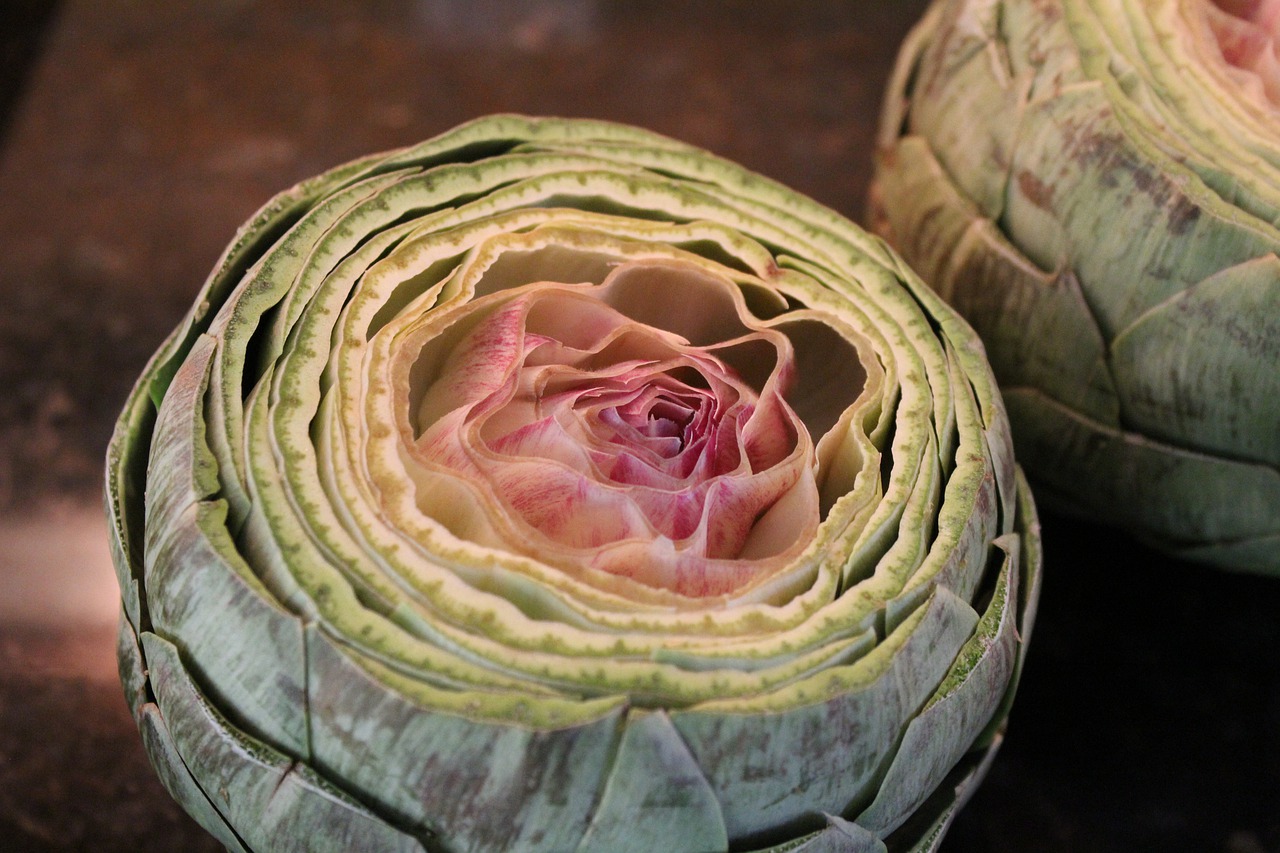
Mixed Cultivation With Artichokes: Companion Plants
- Good companion plants: fennel, cabbage and lettuce
- Bad companion plants: celery, garlic, chives, onions and related species with vigorous root growth (salsify, Jerusalem artichoke and chicory)
Caring for & Fertilizing Artichokes
Artichokes are heavy feeders and are very hungry for water and nutrients. The soil should be prepared with compost before planting, and a small handful of horn shavings per plant provides good long-term fertilization. Over the course of the season, you can top up with nettle slurry up to twice if necessary. Also make sure that your artichoke plants always have enough water available. The soil around the plants should never dry out, especially in the early stages. Mulch can help to keep the soil around the plant moist. Later on, the plants develop deep roots and thus tap into larger water reserves in the soil. As a rule, artichoke plants only produce plenty of flower buds in their second year, so overwintering is the biggest challenge here. You can find more information on this under 'Overwintering & propagating artichokes'.
Diseases & Pests
Artichokes are largely resistant to diseases, but there are some pests that can attack the thistle-like plants. The leaves are infested by aphids or the black bean aphid (dark discoloration). These can form large populations, which is why it is best to act quickly in the event of an infestation. Thoroughly rinse the plants with a hose and spray them with neem oil. Another option is to use beneficial insects: Ladybugs, ichneumon wasps and lacewings or their larvae can help you control pests. Other uninvited guests are snails and voles. Regularly collecting snails or framing the bed with a snail fence will help. A wire mesh fence can also help to keep voles away from the roots of the artichokes. However, this should be buried deep enough and completely enclose the roots.
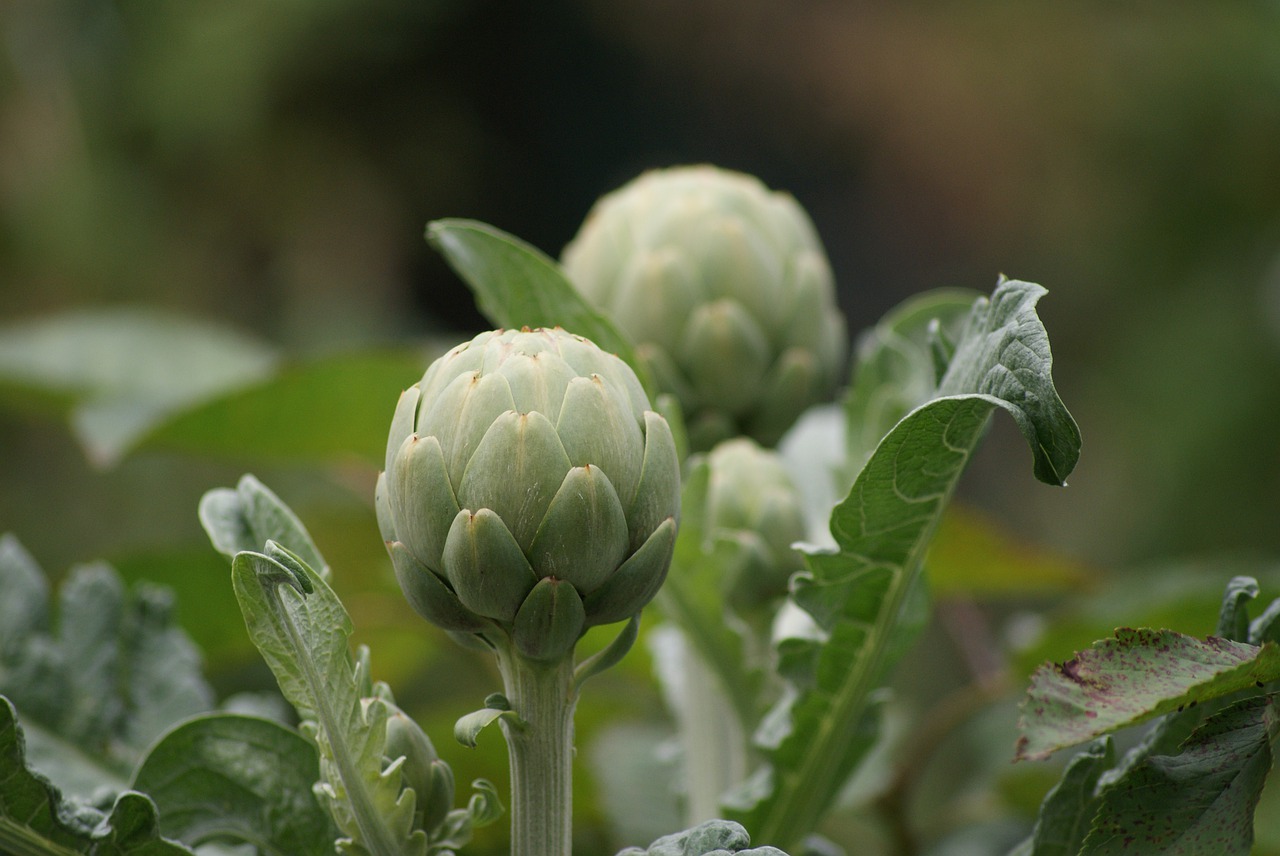
Harvesting & Preparing Artichokes
Artichoke buds are mainly harvested from August to September. Mature plants produce up to twelve buds per season. Harvest the buds while they are still closed and before the bracts start to turn purple. Start your harvest with the main bloom so that the other flowers can continue to grow.
If the flower buds are harvested too late, the purple inflorescences will open and can no longer be eaten. The fine, fleshy flower base becomes tough and tastes dry rather than juicy. However, if you miss the right time, it's no big deal. The impressive purple tubular flowers are a real feast for the eyes and attract bees, bumblebees and other insects. It is therefore always worth leaving a few flowers standing .
Artichokes are very easy toprepare: the flower buds are washed and then boiled in salted water for around 30 minutes. The whole bud is then served with a tasty garlic dip or a light vinaigrette with lemon and herbs. The individual scales are easy to remove and the tender flesh can be enjoyed at the base. The tough part of the scale remains. The best is saved for last: the artichoke heart.
Overwintering & Propagating Artichokes
In mild winters, artichokes can be overwintered outside. Tie the leaves tightly together or cut them off. Then cover the root system with plenty of straw, leaves or a warming fleece to prevent frost. In colder regions, artichoke plants can also overwinter indoors. To do this, dig them up and place them in boxes or large pots with moist sand. At around 15 °C/59 °F, they can be brought through the winter in the cellar, for example. From April, the stored plants are placed outside again or the covers are removed.
Although artichoke plants can grow relatively old, they only produce flowers for the first three to five years. So that you can harvest the delicious buds every year, you should think about propagation in good time. There are two ways to propagate artichokes: by seed or division. Artichokes are usually propagated by seed. To do this, simply leave a flower standing so that it can complete its development. Remove the dark seeds in the fall and store them in a cool, dry place. The following year, you can then start sowing your own seeds as described above. Vegetative propagation by division is a little trickier, but has the advantage that the offshoots are already very strong and can form flower buds in the same year. You will need a strong artichoke plant that is at least two years old. Select a part of the plant that has at least two shoots and a strong root. You can then separate this part cleanly from the mother plant with a spade and plant it separately. Again, make sure there is sufficient planting distance from other specimens. Spring is the best time to obtain new cuttings.
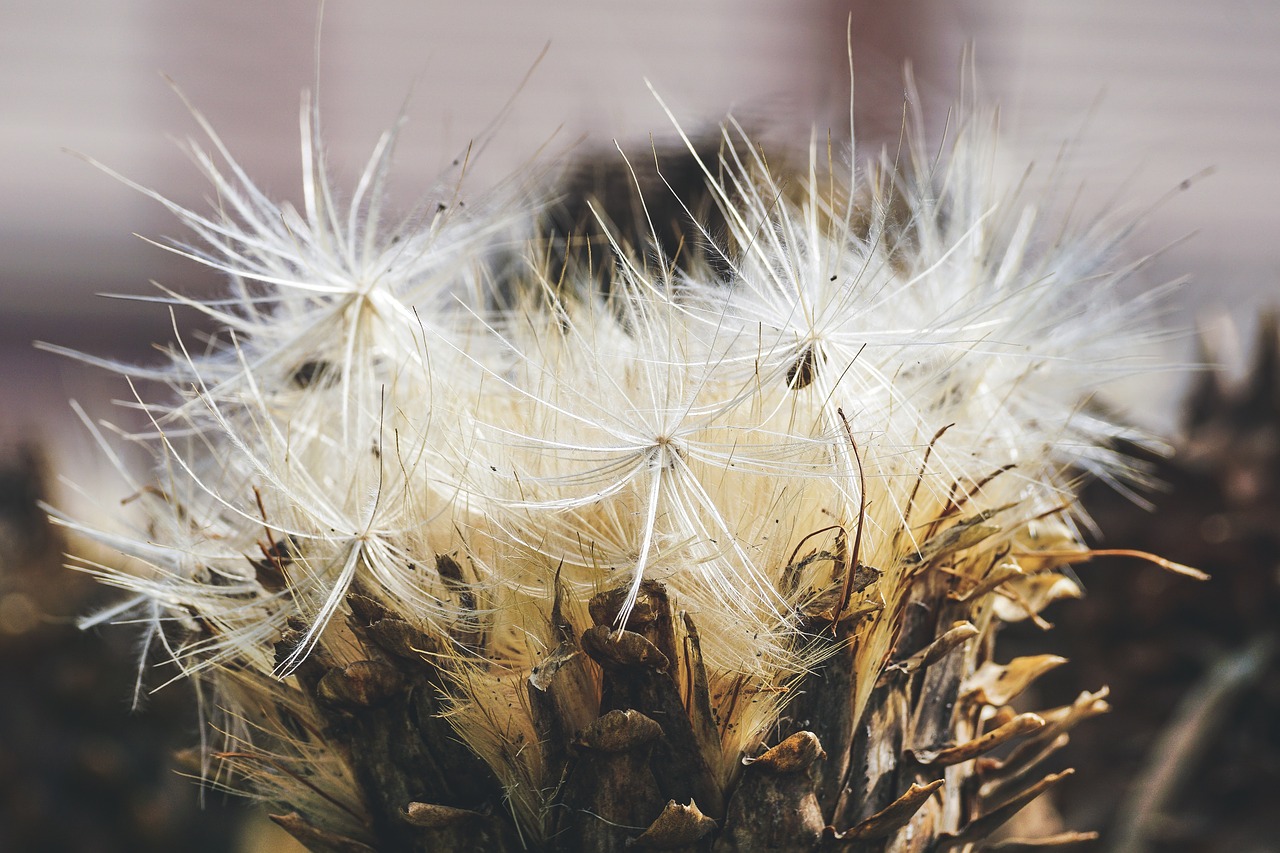
The artichoke is a very special plant and cuts a fine figure in both vegetable and ornamental gardens. I hope you now have everything you need to grow them yourself. If you have any questions or comments, please write to us at magazin@fryd.app.
Would you like to receive helpful gardening tips all year round and plan your own beds optimally? Then register here or download the Fryd app for Android or iOS.
Fryd - your digital bed planner
Cover picture by matthiasboeckel on pixabay
Annabell
Current Topics in the Community

#red , #tuesday

Liked 1 times
#testpostcount

Dec 2025
Popular Articles

Companion Plants for Carrots: What (Not) to Plant With Carrots

Companion Plants for Celery : What (Not) to Plant With Celery?

Strawberry Types: List of Best Strawberry Varieties

Companion Planting With Strawberries: Companion Plants and Planting Plan

Basil Varieties & Types at a Glance

What to Plant With Cabbage: Good and Bad Companion Plants

Fertilizing Strawberries: Home Remedies & Natural Fertilizers at a Glance

Growing Sweet Potatoes: Tips on Cultivation & Companion Plants

Companion Plants for Kitchen Herbs: Chives, Parsley & Co

What Herbs Can Be Planted Together?
FAQ
Do artichokes grow perennially?
Artichokes can grow perennially if they are grown in a suitable climate and cared for properly. As they are not hardy, they usually do not survive the winter outdoors in our latitudes and must be overwintered.
It is best to plant artichokes in late spring after the Ice Saints, when there is no longer any danger of frost and the soil has warmed up. To give them a head start, you can preplant them on the windowsill from mid-January.
Can I grow artichokes in a pot?
Artichokes can be grown in pots as long as the pot is large enough (at least 25 liters) to provide sufficient space for the root system and the plant receives enough sunlight and water.
What can I plant next to artichokes?
Good neighbors for artichokes are fennel, cabbage and lettuce. Plants that are not good neighbors are celery, garlic, onions and most root vegetables.